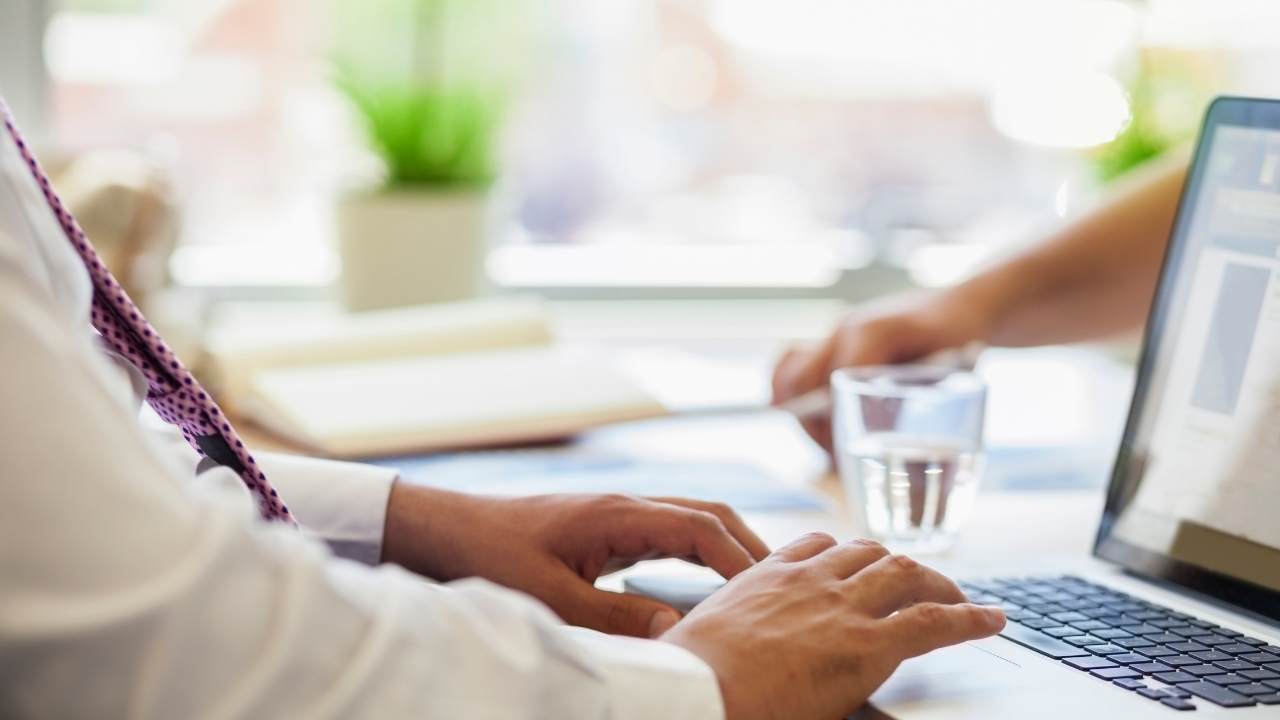Effective communication in the workplace often hinges on the details of our written correspondence. “Mail regards” plays a crucial role in email etiquette, fostering professionalism and respect. Key entities involved in this practice include the sender, whose tone sets the stage; the recipient, who interprets the message; the subject line, which captures attention; and the closing signature, which provides a personal touch. Understanding how to navigate these components can enhance the clarity and effectiveness of your emails.
Best Structure for Mail Regards
Structuring your mail regards properly can significantly improve how your message is received. Here’s how to do it:
1. Start with a Friendly Greeting
Begin your email with a warm greeting. This sets a positive tone right from the start.
- Examples: “Hi [Name],” or “Dear [Name],”
2. Express Your Purpose
Clearly state the reason for your email early on. This helps the recipient understand the context right away.
- Example: “I hope this message finds you well. I’m writing to discuss our upcoming project.”
3. Use a Professional Tone
Maintain a professional yet friendly tone throughout the email. This balance fosters respect and rapport.
4. Include a Closing Statement
Wrap up your email with a closing statement that summarizes your message or invites further discussion.
- Example: “I look forward to your feedback!”
5. Sign Off with Mail Regards
Finally, conclude your email with a courteous sign-off. “Best regards,” “Kind regards,” or “Sincerely” are all excellent choices.
Seven Sample Examples of Mail Regards
1. Requesting Feedback
Subject: Request for Feedback
Dear [Name],
I hope this email finds you well! I wanted to reach out and ask for your feedback on the recent project proposal I submitted. Your insights are invaluable to me. Thank you!
Best regards,
[Your Name]
2. Following Up on a Meeting
Subject: Follow-Up on Our Meeting
Hi [Name],
Thank you for your time in our meeting yesterday. I just wanted to follow up on a couple of points we discussed. Please let me know when you’re available to continue our conversation.
Kind regards,
[Your Name]
3. Thanking a Colleague
Subject: Thank You!
Dear [Name],
I wanted to take a moment to thank you for your assistance with the project. Your support made a significant difference, and I truly appreciate it!
Sincerely,
[Your Name]
4. Introducing Yourself
Subject: Nice to Meet You!
Hi [Name],
I hope you’re doing well! I wanted to introduce myself as your new colleague on the marketing team. I look forward to working together and getting to know you better!
Best regards,
[Your Name]
5. Requesting a Meeting
Subject: Request for a Meeting
Dear [Name],
I hope this message finds you well. I would like to request a meeting to discuss [specific topic]. Please let me know your available times.
Kind regards,
[Your Name]
6. Announcing a Team Update
Subject: Team Update Announcement
Hi Team,
I’m excited to announce some changes in our team structure. Please find the details attached. Let’s work together to ensure a smooth transition!
Best regards,
[Your Name]
7. Sending a Reminder, Mail regards
Subject: Friendly Reminder
Dear [Name],
This is just a friendly reminder about our upcoming deadline for the project. Please let me know if you need any assistance!
Sincerely,
[Your Name]
Key Questions and Answers
What is the importance of using mail regards?
Using mail regards is crucial for maintaining professionalism and respect in written communication. It signals the end of a message and expresses goodwill towards the recipient.
How should I choose my closing remarks?
Choosing closing remarks depends on your relationship with the recipient. For formal communications, use “Sincerely” or “Best regards.” For more casual interactions, “Cheers” or “Take care” may be appropriate.
When is it appropriate to use casual mail regards?
Casual mail regards are suitable for informal communications or when you have a friendly rapport with the recipient. Context and tone of the overall email should guide your choice.
Can mail regards vary by culture?
Yes, mail regards can vary significantly by culture. Some cultures prioritize formal communication, while others may embrace a more casual approach. Understanding cultural norms is essential for effective global communication.
Thank you for taking the time to read this article! We hope you found it helpful and informative. Feel free to visit again for more tips and insights on effective communication practices.
